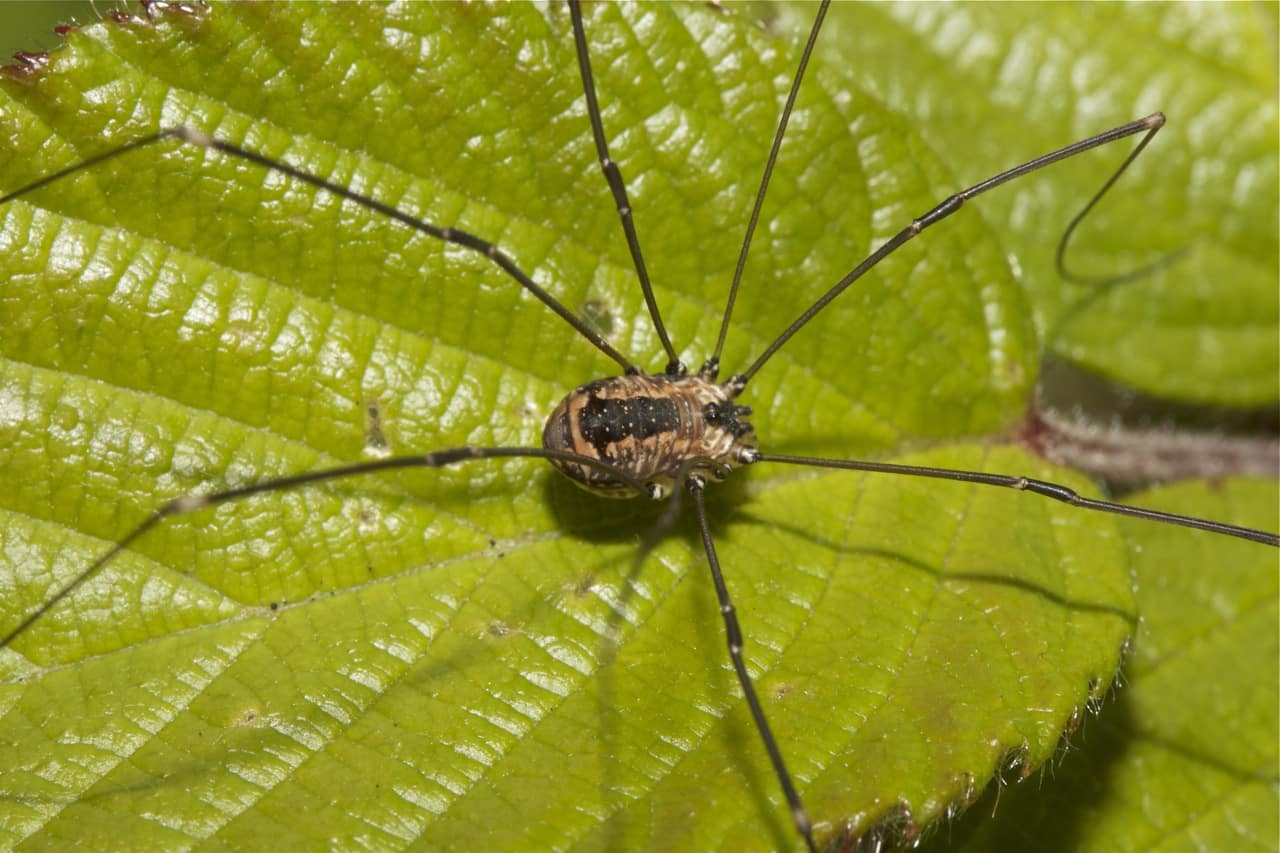The duplication of genes can occur through various mechanisms and is thought to make a major contribution to the evolutionary diversification of organisms. Now, a team of scientists from the U.K., Europe, Japan and the United States, have discovered a whole genome duplication during the evolution of spiders and scorpions.
In the recent decades, there has been increasing evidence for a large-scale duplication of genes in some chelicerate lineages including two rounds of whole genome duplication (WGD) in horseshoe crabs. To investigate this further, the scientists sequenced and analyzed the genome of the common house spider Parasteatoda tepidariorum- a model species studied in laboratories – and the Arizona bark scorpion Centruroides sculpturatus, – the most venomous scorpion in North America.
Dr. Stephen Richards, associate professor in the Human Genome Sequencing Center, who led the genome sequencing at Baylor, said, “It is tremendously exciting to see rapid progress in our molecular understanding of a species that we coexist with on planet earth. Spider genome analysis is particularly tricky, and we believe this is one of the highest quality spider genomes to date.”
The analysis revealed that spiders and scorpions evolved from a shared ancestor more than 400 million years ago, which made new
copies of all of the genes in its genome, a process called whole genome duplication. Although, there has been a long-standing debate as to whether the duplicated genes enabled new biological complexity in the evolution of the vertebrate lineage leading to mammals. This new finding therefore provides a valuable comparison to the events in vertebrates and could help reveal genes and processes that have been important to our own evolution.“While most of the new genetic material generated by whole genome duplication is subsequently lost, some of the new gene copies can evolve new functions and may contribute to the diversification of shape, size, physiology and behavior of animals,” said Dr. Alistair McGregor, professor of evolutionary developmental biology at Oxford Brookes University and lead author of the research. “Comparing the whole genome duplication in spiders and scorpions with the independent events in vertebrates reveals a striking similarity. In both cases, duplicated clusters of Hox genes have been retained. These are very important genes that regulate development of body structures in all animals, and therefore can cause evolutionary changes in animal body plans.”
“Costs have now dropped rapidly enough from tens of millions of dollars to merely a few thousand dollars for this genomic analyses to now be performed on any species,” said Dr. Richard Gibbs, director of the Human Genome Sequencing Center and the Wofford Cain Chair and professor of molecular and human genetics at Baylor.
“There is still so much more to learn about the life on earth around us, and I believe this result is just the beginning of understanding the molecular make up of spiders.”



























